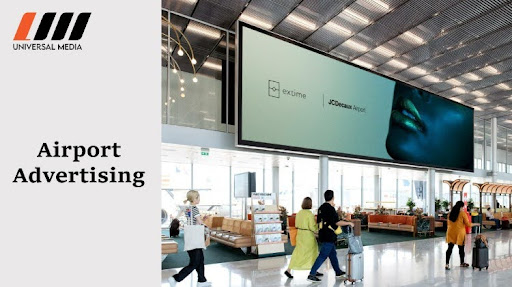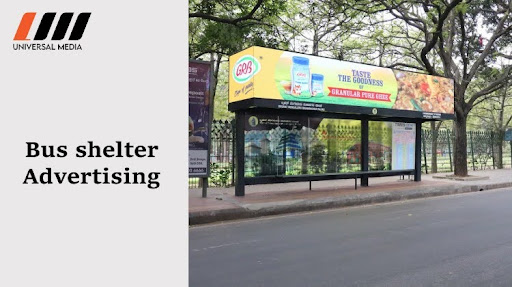blogs
Mall Activation: How Brands Can Win Customers Inside Shopping Malls
Shopping malls are more than just places to shop—they are social hubs where people spend hours exploring, eating, and enjoying experiences. For brands, this makes malls a powerful platform to connect with potential customers directly. One of the best strategies for bringing things to life, making an impression, and increasing sales is shopping mall activation. But what exactly does mall activation mean, and how can businesses make the most of it? Let’s dive deeper.
What is shopping mall activation?
At its core, shopping mall activation refers to marketing activities conducted inside malls to engage shoppers, create awareness, and drive brand interaction. Instead of simply relying on ads or posters, mall activations use interactive setups, events, live demonstrations, or entertainment-driven campaigns that grab attention and spark curiosity.
Think of it as turning a regular shopping trip into an immersive brand experience. A cosmetic company might, for instance, put up a small beauty station where customers can get complimentary makeovers. Or, a tech company may create a gaming zone where visitors can test their latest gadgets.
Why Should Brands Choose Mall Promotion Over Other Marketing Avenues?
The caliber of the audience that mall promotion draws is one of its greatest benefits. Shopping malls typically draw a diverse crowd—families, young professionals, students, and even international visitors. Unlike random outdoor advertising, mall activations give brands access to consumers who are already in a shopping mindset.
Moreover, people visiting malls spend longer periods of time there compared to other retail formats. This gives brands a unique opportunity to engage them through interactive campaigns that leave a stronger impression.
Some key benefits include:
- Direct engagement with customers.
- High dwell time ensures better exposure.
- Premium brand perception, since malls are associated with lifestyle and quality.
- Immediate sales conversions with product demos or trials.
How Do Mall Activations Work in Practice?
Mall activations can take many forms, depending on the brand’s goals. For example:
- Product Launches—A new smartphone can be showcased with a live demonstration counter inside a mall.
- Seasonal Promotions – During festive seasons, brands set up interactive stalls with offers and games.
- Experiential Zones—A fitness brand might create a quick workout booth to let people test gym equipment.
- Sampling & Trial Counters—Food and beverage companies often offer free tastings to drive instant purchases.
By blending entertainment, engagement, and convenience, these activations encourage shoppers to pause, explore, and connect with the brand.
What Makes Shopping Mall Activation So Effective?
The effectiveness of mall activation lies in its multi-sensory approach. Unlike a static ad, shoppers can see, touch, taste, or even play with the product. This sensory involvement builds a deeper bond and increases the likelihood of purchase.
For example, a perfume company can let people try different fragrances on the spot. A home appliance brand can showcase how fast its blender works by offering fresh juice samples. This real-world engagement not only convinces customers but also creates lasting brand recall.
What Strategies Can Brands Use for Successful Mall Promotion?
To make mall activations impactful, brands need more than just a stall. They must focus on creativity, relevance, and interaction. Some proven strategies include:
- Interactive Games & Contests—Fun activities like spin-the-wheel or lucky draws attract people and encourage participation.
- Live Demonstrations – Showing how a product works in real time builds trust.
- Thematic Setups—Seasonal décor, photo booths, or VR experiences draw crowds.
- Influencer Collaborations—Partnering with local influencers to promote the activation adds more visibility.
- Exclusive discounts & offers—promotions motivate shoppers to make instant purchases.
How Do Brands Measure the Success of Mall Activation?
Success in shopping mall activation is not just about footfall but also about measurable outcomes. Brands typically evaluate activations based on:
- Engagement levels—How many people participated or interacted?
- Sales conversions—Did shoppers make purchases immediately?
- Lead collection—How many new contacts were generated?
- Brand recall—Do people remember the campaign later?
- Social media buzz—Were photos or videos shared online?
By analyzing these metrics, companies can refine future campaigns and achieve better ROI.
What Industries Benefit the Most from Mall Promotion?
Almost every industry can benefit from mall promotion, but some stand out:
- Fashion & Apparel—Showcasing new collections or offering styling tips.
- Electronics & Gadgets – Hands-on demos create instant excitement.
- Food & Beverages – Sampling drives quick sales.
- Cosmetics & Personal Care—Free trials make products more relatable.
- Automobiles – Display cars inside malls for premium positioning.
Even service-based industries like banks and insurance companies set up informative kiosks to engage customers.
What Are the Challenges of Mall Activation?
While mall activations are effective, they come with challenges:
- High costs of renting premium mall spaces.
- Competition since multiple brands may be activating simultaneously.
- Permissions and logistics that require planning in advance.
- Short attention spans of shoppers who may be in a hurry.
To overcome these, brands must create unique and engaging concepts that stand out and offer real value to shoppers.
Frequently Asked Questions About Mall Activation
1. What is the main purpose of shopping mall activation?
The primary purpose is to create direct engagement with shoppers, increase brand visibility, and encourage trial or purchase.
2. How long should a mall activation campaign run?
It depends on the objective. Some activations run for a day (like product sampling), while others may last weeks during festive seasons.
3. Are mall promotions expensive?
The location of the mall, stall size, duration, and branding requirements all affect the price. Premium malls in big cities usually charge higher rates.
4. Can small businesses also use mall activations?
Yes. Small businesses often collaborate with malls during exhibitions, pop-up markets, or festive fairs to gain exposure.
5. What is the difference between mall advertising and mall activation?
Static advertisements such as posters, hoardings, or digital screens are used in mall advertising. Mall activation, on the other hand, is interactive and allows direct customer engagement.
How Can Brands Get Started with Mall Activation?
If you’re considering a mall promotion, start by:
- Defining objectives—is the goal awareness, sampling, or sales?
- Selecting the right mall—Choose a mall that attracts your target audience.
- Designing the experience—keep it interactive, fun, and memorable.
- Working with a seasoned agency, skilled organizations are better equipped to manage logistics, permits, and imaginative settings.
When executed well, mall activations can deliver excellent returns by converting casual shoppers into loyal customers.
Final Thoughts
In today’s competitive market, customers seek experiences rather than just products. Shopping mall activation bridges this gap by creating interactive, memorable, and impactful brand engagements right where consumers are most receptive. Whether it’s through sampling, games, or thematic setups, mall activations have the power to build connections, boost sales, and create lasting brand impressions.
If your brand wants to stay ahead, mall promotion should definitely be on your marketing checklist.
-
Mall Activation: How Brands Can Win Customers Inside Shopping Malls
-
Mobile Van Advertising: Driving Your Brand Directly to the Audience
-
Airport Advertising: How Brands Take Off Before the Flight
-
Bus Shelter Advertising: A Complete Guide for Brands
-
Cinema Advertising: Your Guide to Captivating Audiences on the Big Screen
-
Why Do Newspaper Advertisements Still Work So Well in the Digital Age?









